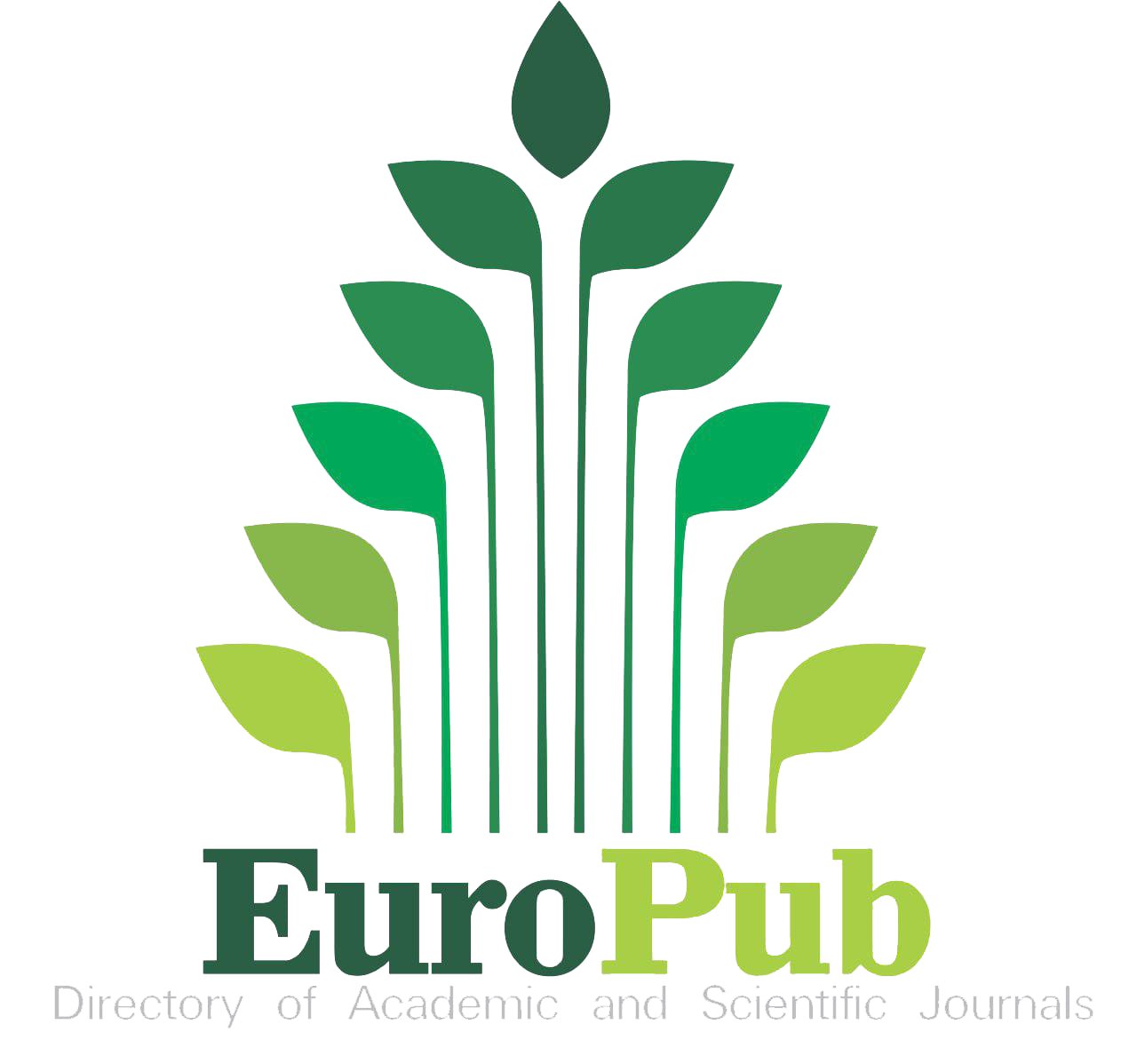Abstract
ZnO has a resistivity of up to 104 Ω cm-1 in most cases. Nevertheless, by increasing the layer thickness, the resistivity decreases as well, resulting in greater current transport. The dip coating system was developed to prepare the ultra-thin film, it relied on a controller, stepper motor and some low-cost recycled materials. Thin films of ZnO were successfully deposited on indium tin oxide substrates. The effects of the dipping cycles were investigated. Dipping processes were applied several times (1, 2, and 3) for the same concentrations (0.1) M to obtain homogeneous thin films. X-ray diffraction showed that the structure of ZnO is hexagonal Wurtzite. The crystals were in the nanoscale size range as (19.18, 24.76, and 31.29) nm. As for the examination by FESEM, it was found that homogeneous layers formed when increasing the number of times of coating for the prepared thin films. High transmittance, decreasing in energy gap, and suitable surface resistance ZnO thin films were achieved. In the wavelength range of 190 – 1100 nm, the thin films had an optical transmittance of up to 87%. The sheet resistance values were determined to be 19.202 Ω sq-1 indicating that the characteristics of ZnO thin films have improved. The dip coating device is designed to be easy to use, inexpensive and economic in terms of using the raw materials. This low-cost manufactured device contributes to scientific development for researchers who are unable to buy expensive devices that perform the same purpose and give the same results.
Recommended Citation
Yasir, Asaad S.; Hussein, Basheer M.; Hameed, Ammar S.; Ridha, Noor J.; Alosfur, Firas K. Mohamad; Tahir, Khawla J.; and Madlol, Rajaa A.
(2022)
"Design And Fabrication Of A Low-Cost Dip Coating System For Depositing Homogeneous And Transparent Zno Thin Films,"
Al-Bahir: Vol. 1:
Iss.
2, Article 2.
Available at: https://doi.org/10.55810/2313-0083.1008
References
- Dubowik J, Załkeski K, Głowiński H, Gościańska I. Phys Rev B 2011;84:184438.
- Sakamoto K, Kuwae H, Kobayashi N, Nobori A, Shoji S, Mizuno J. Sci Rep 2018;8:1.
- Ji C, Liu D, Zhang C, Jay Guo L. Nat Commun 2020;11:1.
- Azani M-R, Hassanpour A, Torres T. Adv Energy Mater 2020;10:2002536.
- Cai C, Jia F, Li A, Huang F, Xu Z, Qiu L, et al. Carbon N. Y. 2016;98:457.
- Aloui W, Ltaief A, Bouazizi A. SuperlatticeMicrost 2013;64:581.
- Kulkarni GU, Kiruthika S, Gupta R, Rao KDM. Curr. Opin. Chem. Eng. 2015;8:60.
- Hecht DS, Hu L, Irvin G. Adv Mater 2011;23:1482.
- Goktas S, Goktas A. J Alloys Compd 2021;863:158734.
- Chen S, Liu F, Xu M, Yan J, Zhang F, Zhao W, et al. Colloid Interface Sci 2019;553:613.
- [S.d.], https://www.paint.org/coatingstech-magazine/articles/coatings-clinic-solvent-properties/.
- Hussmann EK. Optical surface technology. 1983.
- Dubey KC, Zaidi A, Awasthi RR. ACS Omega 2022;7:28946.
- Sahoo B, Pradhan SK, Mishra DK, Sahoo SK, Nayak RR, Behera D. Optik 2021;228:166134.
- [S.d.].
- Pedersen H, Barry ST, Sundqvist J. J. Vac Sci y& Technol A 2021;39:51001. https://doi.org/10.1116/6.0001125.
- Foumani AA, Förster DJ, Ghorbanfekr H, Weber R, Graf T, Niknam AR. Appl Surf Sci 2021;537:147775.
- Peksu E, Karaagac H. J Alloys Compd 2021;862:158503.
- Wang Y, Tang B, Gao Y, Wu X, Chen J, Shan L, et al. ACS omega 2021;6:19238.
- Saraf C., Barodiya D., [S.d.].
- Liao C, Wang W, Wang J, Han L, Qiu S, Song L, et al. Energy Chem 2021;56:1.
- Ridha NJ, Alosfur FKM, Kadhim HBA, Ahmed LM. Mater Res Express 2021;8:125013.
- Sivakumar P, Akkera HS, Reddy TRK, Bitla Y, Ganesh V, Kumar PM, et al. Opt Mater (Amst) 2021;113:110845.
- Hameed AS, Madlool RA, Ridha NJ, Hussein BM, Alosfur FKM, Tahir KJ. Mater Res 2022;25.
- Das HT, Vinoth S, Thirumoorthi M, Alshahrani T, Hegazy HH, Somaily HH, et al. Inorg Organomet Polym Mater 2021;31:2606.
- Gurauskis J, Lohne ØF, Lein HL, Wiik K. J Eur Ceram Soc 2012;32:649. https://doi.org/10.1016/j.jeurceramsoc.2011.10.009.
- Machuno LGB, Oliveira AR, Furlan RH, Lima AB, Morais LC, Gelamo RV. Mater Res 2015;18:775.
- Kumar KDA, Ganesh V, Shkir M, AlFaify S, Valanarasu S. J Mater Sci Mater Electron 2018;29:887.
- Krebs FC, Spanggard H, Kjær T, Biancardo M, Alstrup J. Mater Sci Eng B 2007;138:106. https://doi.org/10.1016/j.mseb.2006.06.008.
- Castillo-Vilcatomaa, D. A.; Loartea, S. J.; Fernandez-Chillccea,A. A.; Pastranab, E. C.; Pastranaa, R. Y.; [s.d.].
- Yohandri Y, Khairunnisa K, Ramli R, Zainul R, Berk Eksakta. Ilm Bid MIPA (E-ISSN 2549-7464) 2019;20:62.
- Smith PM, Carey PG, Sigmon TW. Appl Phys Lett 1997;70:342.
- Lee D, Pan H, Ko SH, Park HK, Kim E, Grigoropoulos CP. Appl Phys A 2012;107:161.
- Kang J-H, Ying G, Cheng Y-C, Kim C-S, Lee S-H, Yu K-M. J Electr Eng Technol 2015;10:325.
- Lonćarević D, Ćupić Z, Thomas S, Grohens Y, Pottathara YB. In: Industrial applications of nanomaterials; 2019.
- Brinker CJ, Hurd AJ, Schunk PR, Frye GC, Ashley CS. J Non Cryst Solids 1992;147e148:424. https://doi.org/10.1016/S0022-3093(05)80653-2.
- Sadegh-cheri, M.; 2020..
- Tong Y, Bohm S, Song M, others, Austin J. Nanomedicine & Nanotechnol 2013;1:1003.
- Choy KL. Prog Mater Sci 2003;48:57. https://doi.org/10.1016/S0079-6425(01)00009-3.
















Indexed in: